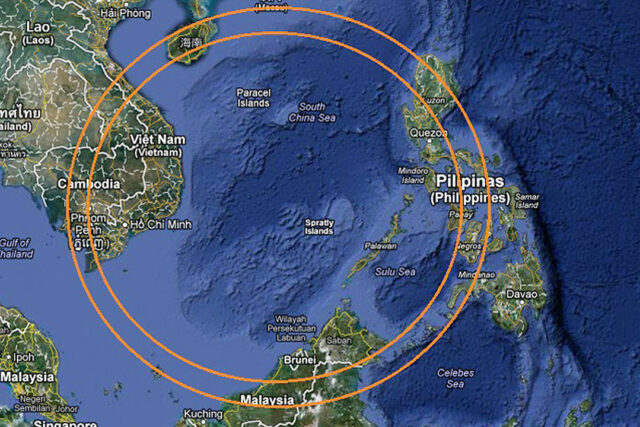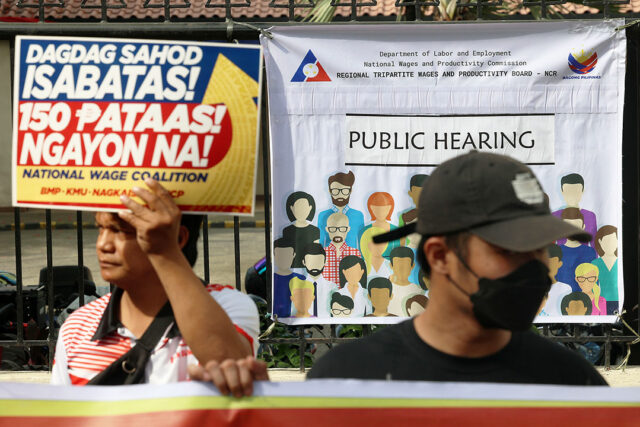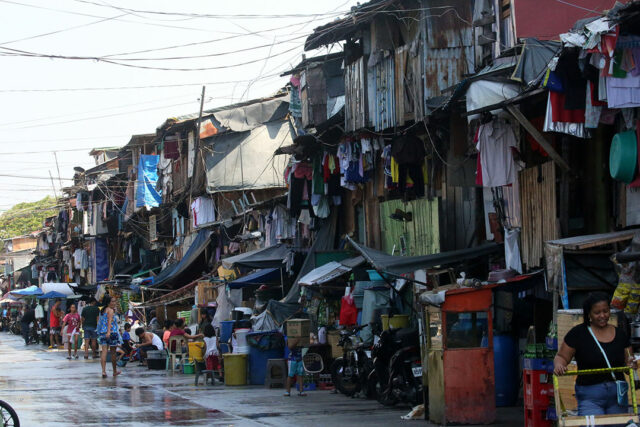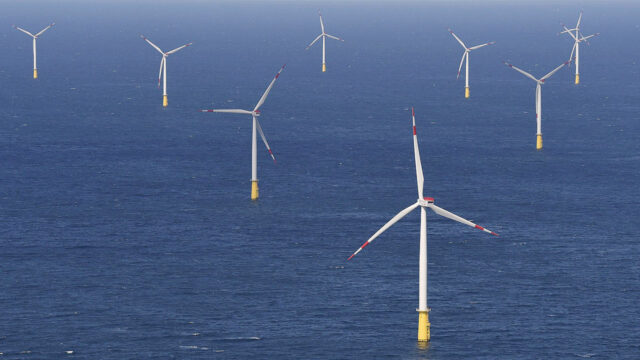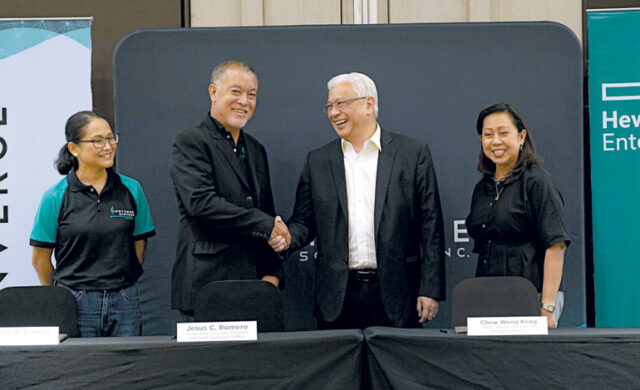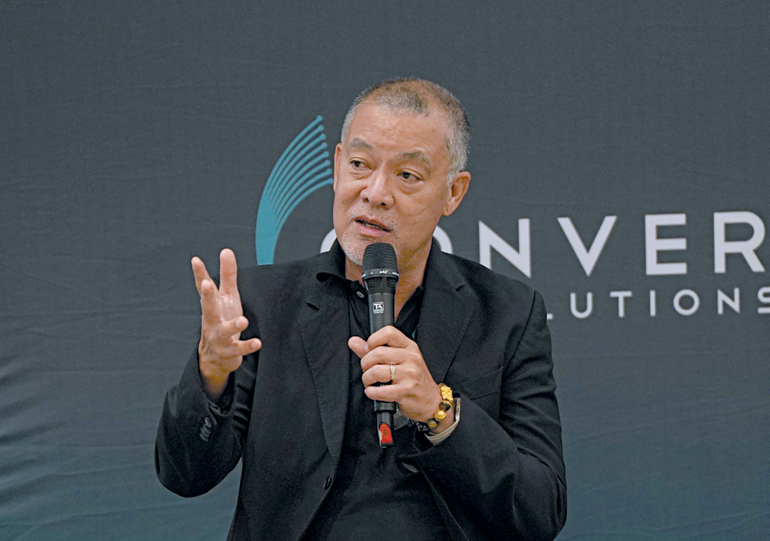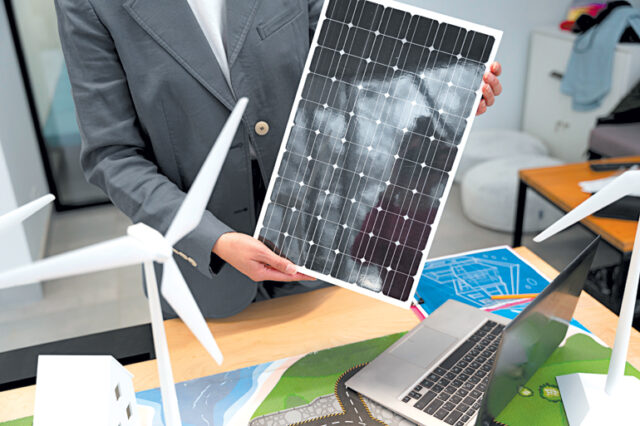By Angela Kiara S. Brillantes, Special Features and Content Writer
In a country facing grave risks from climate change, the shift towards clean and renewable electricity is more imperative than ever, forcing the power sector to put more focus in sustainability.
The clean energy transition is gaining momentum, and the Philippines is keeping up with the pace. According to the Bloomberg New Energy Finance (BNEF) Climatescope 2023 report, the Philippines is ranked fourth among the top emerging markets for renewable energy.
“Over the past two years, the Philippines’ significant progress in transitioning to renewable energy propelled the market into Climatescope’s top five,” the report said.
The Philippines was recognized as one of the countries with initiatives with strong goals for renewable energy. Among these initiatives is the country’s second green energy auction, where it awarded 3.4 gigawatts (GW) of renewable energy capacity with 1.2 GW allocated for ground-mounted and solar projects in 2024-2025, while 2.2 GW for 2026.
“The Philippines moved up six places to number four after India, China and Chile following the country’s significant progress in transitioning to renewable energy (RE) over the last two years,” the Department of Energy (DoE) said in a statement.
Moreover, investments in clean energy soared by 41% in 2022, reaching P1.34 billion. Growth was also marked in offshore wind investments, with 29% increase of installed capacity and 22% gross power generation from renewables were seen during the year.
While being on the right track, renewable energy adoption is still a work in progress, especially with demand for electricity changing over the years and the consistent use of coal as a primary energy source.
Currently, renewable energy generation stands at 22%, based on data from the DoE. In 2022, installed coal capacity increased by 14%, reaching 12,428 megawatts (MW).
In 2023, fossil fuel remains the main source of energy in the Philippines; and coal reliance gradually increased, from 39% in 2012 to 64% in 2023. Thus, the heavy reliance of coal power generation is hindering the country’s decarbonization efforts.
Nonetheless, clean energy transition is a significant answer to the climate puzzle, and major players in the industry are ramping up their efforts to speed up this transition.
Driven by tech and expansion goals
Marissa P. Cerezo, director of the Renewable Energy Management Bureau, noted that the increase of renewable shift has led the sector to diversify its energy sources, increasingly using RE sources, including solar, wind, hydro, geothermal, and biomass, decreasing reliance on fossil-based fuels.
“Shifting to renewable energy does not just address the country’s energy needs; it is also one of the key solutions in mitigating the impacts of climate change. Renewables produce little to no greenhouse gases during operation, significantly reducing the country’s overall carbon footprint and contributing to global climate goals,” Ms. Cerezo told BusinessWorld in an email.
With constant advancements in technology, the sector is seeing a remarkable shift towards cleaner and greener energy technologies. Among these technologies, green hydrogen and nuclear energy are found to be at the forefront of the green-energy transition, playing a crucial role in driving long-term sustainability.
Some of the emerging technologies, such as solar PV, wind turbines, and batteries, have become more accessible and affordable, resulting in widespread use.
Aboitiz Power Corp. (AboitizPower) shared to BusinessWorld that wind and solar power are now being widely used for rooftops of homes and businesses. These renewable energy sources are currently more efficient, cost-effective, and have higher capacity factors, making them generate cleaner electricity.
For them, to advance the energy-green transition means expanding renewable energy capacity to 4,600 MW by 2030. This expansion will include solar, wind, geothermal, hydro, and battery energy systems that will continuously strengthen renewable energy sources and increase its share of the country’s power generation mix.
Additionally, this expansion will cover 1,200 MW of new capacities, while the next phase will include 1,700 MW of new solar and wind power.
“Our resolve is to continue and develop a balanced approach to our capacity expansion so that baseload, intermediate, and peaking demands, as well as regulating reserve requirements, are met at the least cost possible and at less risk to the environment and surrounding communities,” AboitizPower said.
Also, natural gas is seen to become the next alternative power source as coal phases out. Natural gas is less carbon intensive, meaning it produces less greenhouse gas emissions and it is more flexible, gradually contributing to a more sustainable energy pathway for the country.
Recently, AboitizPower has acquired a share in Chromite Gas Holdings, allowing them to invest in two gas power plants, which has a combined capacity of over 2,500 MW and a terminal for importing liquified natural gas (LNG).
“We welcome the development of natural gas facilities, which emits less carbon and cycles more quickly to accommodate the intermittencies that come with more variable renewable energy,” AboitizPower shared. “With a more diverse energy supply mix that relies less on coal and more on renewable energy with LNG, overall power generation will become less carbon intensive, contributing to a more sustainable energy pathway for a developing, energy-hungry country like the Philippines.”
Financing the transition
Further on the financing side, it can be recalled that the Bank of the Philippine Islands (BPI) served as the lead arranger for Energy Transition Mechanism (ETM) in 2022, which consisted of a P7.2 billion investment for renewable technologies and P17.4 billion investment for enabling the early retirement and full divestment of the 246-megawatt coal plant of South Luzon Thermal Energy Corp. (SLTEC). This coal plant is the first ever to use ETM that will transition the plant to cleaner technology by 2040.
“We are going all out in looking for greener sources of energy, and we are simultaneously tying this with bringing down energy demand and energy use,” Jo Ann Eala, vice-president at BPI and head of its sustainability office, said in a statement. “We need to educate both businesses and households, who account for a significant portion of energy consumed. At the same time, we need to support businesses in improving the energy efficiency of their operations, and help them shift to more efficient equipment and technologies.”
Making the transition seamless
To ensure a seamless transition to clean energy and security key policy mechanisms and programs were set into place, Ms. Cerezo of DoE added.
These efforts and initiatives include renewable portfolio standards, renewable energy market, feed-in tariffs green energy option program, net-metering program, expanded roof-mounted solar program, and green energy auction program.
These initiatives are DoE’s way to build and promote cleaner electricity in the country. Further, it aims to speed up renewable energy goals of achieving 35% renewable energy share and 75% reduction of greenhouse gas emissions by 2030, and 50% renewable energy share by 2040.
“The DoE is embarking on initiatives that would propel investment in the energy sector in different technologies and required capacities in the power generation mix by 2030 to 2050, underscoring its commitment to the global energy transition,” the department said in another statement.
Transforming the Philippines into both an energy-secured and energy-sustainable country significantly requires the leveraging of opportunities and investments, especially in technology, innovation, and competent and skilled individuals.
Energy-green transition, AboitizPower emphasized, demands both the expansion of energy capacity, increasing the amount of renewable energy sources and energy transmission used in the country, which are said to minimize environmental impacts and risks within communities and ensure energy security.


